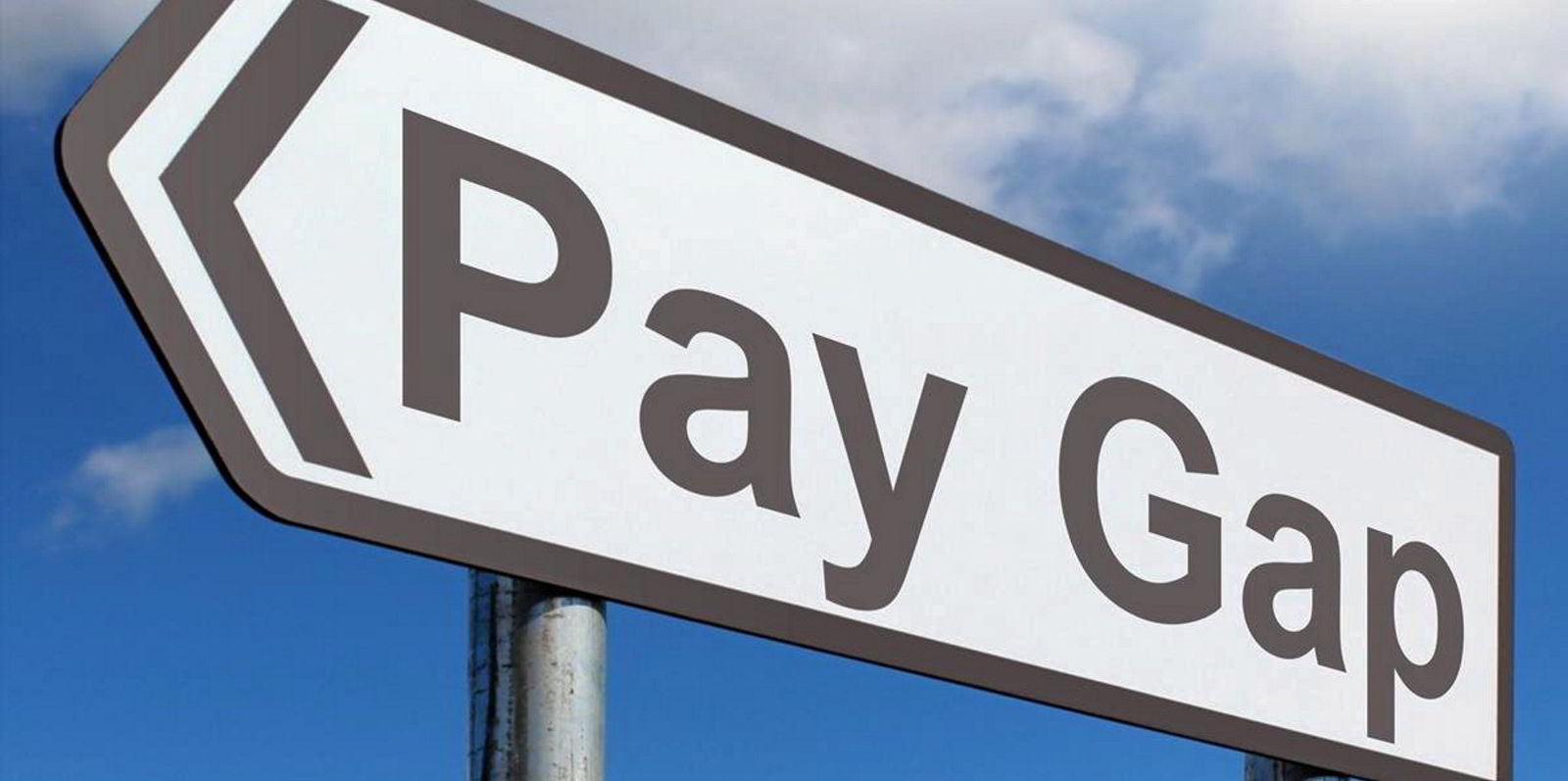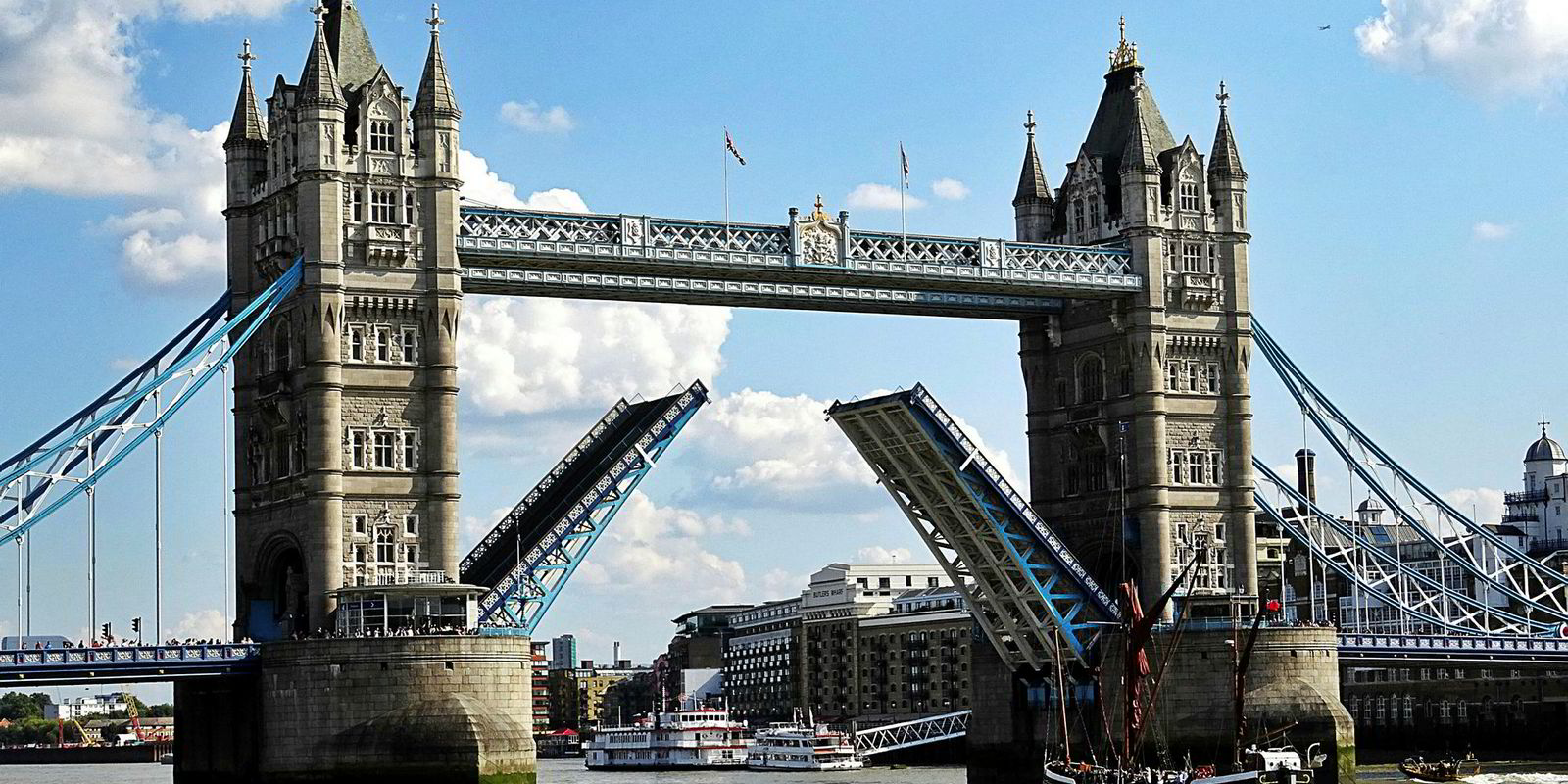Pay for female workers in the UK maritime sector is sliding in comparison with men in the same industry after several years where the pay gap between male and female had been narrowing, according recruitment specialist Spinnaker.
Analysing data from its members shore-based salary reports, the Spinnaker-managed Maritime HR Association, said there has been a slight increase in the size of the maritime gender pay gap in the UK after what had been a “slow and steady” decline in previous years.
The association found a mean gap of nearly 43% which in salary terms is equivalent to an average male salary of £67,000, compared to £38,500 for women.
Female representation in the industry has remained relatively stable with 42% female workforce globally compared to 52% in the UK
Maritime HR, which boasts 82 member companies globally, said its changing membership base year on year means it’s not necessarily specific businesses who are widening their gap.
But it added that as an industry maritime in the UK remains “very far behind” with provisional figures for 2020 suggesting an overall gap of just under 15%.
The association also looked at bonuses. It found a median gap this year of 58% down slightly on last year. But male employees were still found to be receiving the larger bonus payments and be more likely to receive one.
Martime HR is clearly concerned about repercussions from the Covid-19 pandemic this year.
“2020 has been a year like no other, and the potential impact on gender diversity should not be underestimated,” the association said, pointing to what it described as “a worsening labour market where businesses are having to make some very big decisions.”
Spinnaker reward analyst Sarah Hutley pointed out that the UK has suspended the requirement for gender pay gap reporting this year because of Covid.
She said picture for 2020 to date simply shows the companies who recorded figures early or chose to report, despite the suspension, which may increase the gap.
Hutley also highlighted reports that show 17-year-old women were most likely to be furloughed.
On a positive, the increase in flexible and home working and the improved work-life balance this can bring may also drive new career opportunities for women, the association said.
Hutley said there is no one thing that is going to improve the gender pay gap situation.
"This take cultural behavioural change and that does not happen overnight," she said.
- The difference in the average hourly wage of all men and women across a workforce
- In the UK all employers with 250 or more employees must publish their mean and median gender pay gap; mean and median bonus gender pay gap the proportion of men in the organisation receiving a bonus payment; the proportion of women the organisation receiving a bonus payment; and the proportion of men and women in each quartile pay band. [Currently suspended due to Covid-19]





